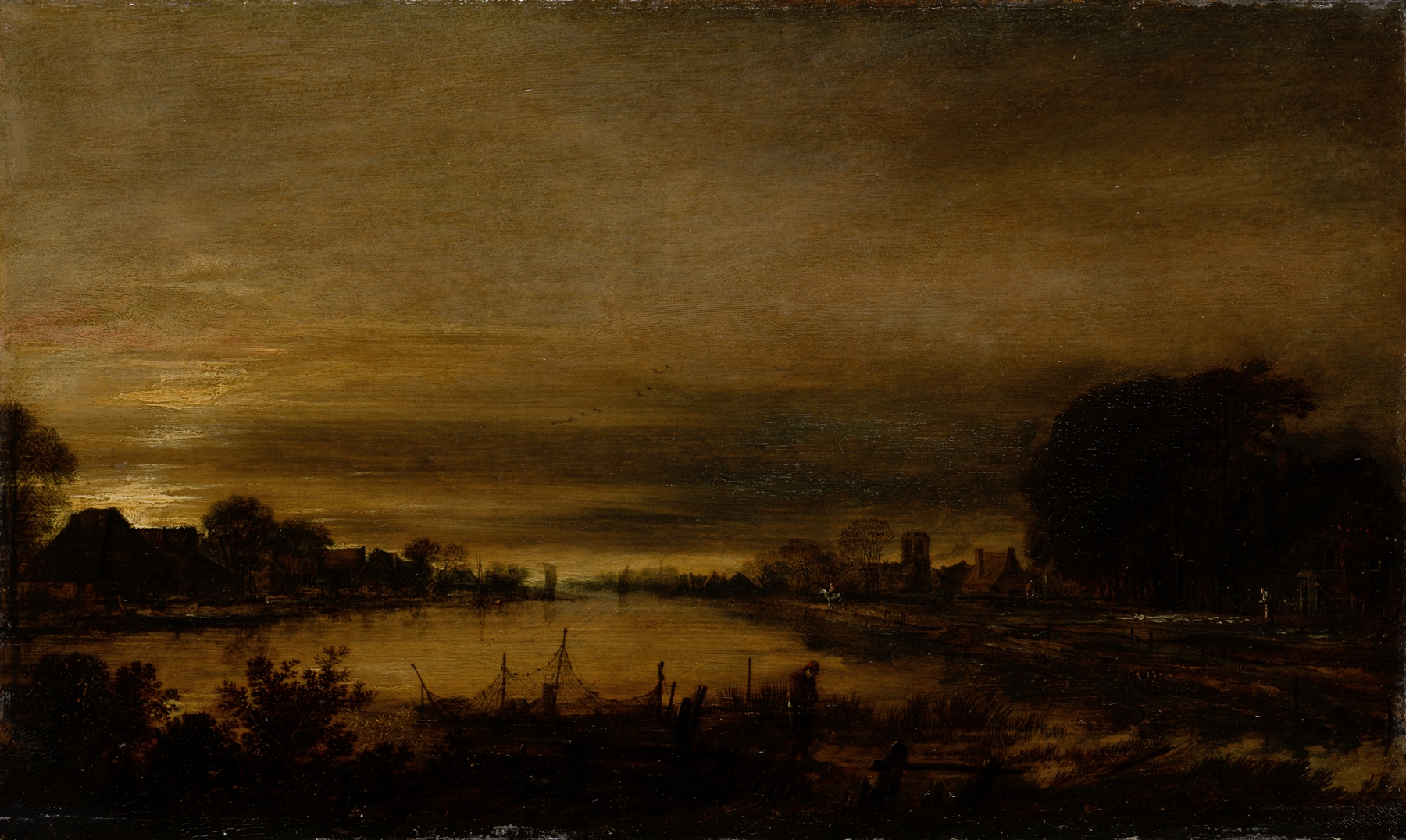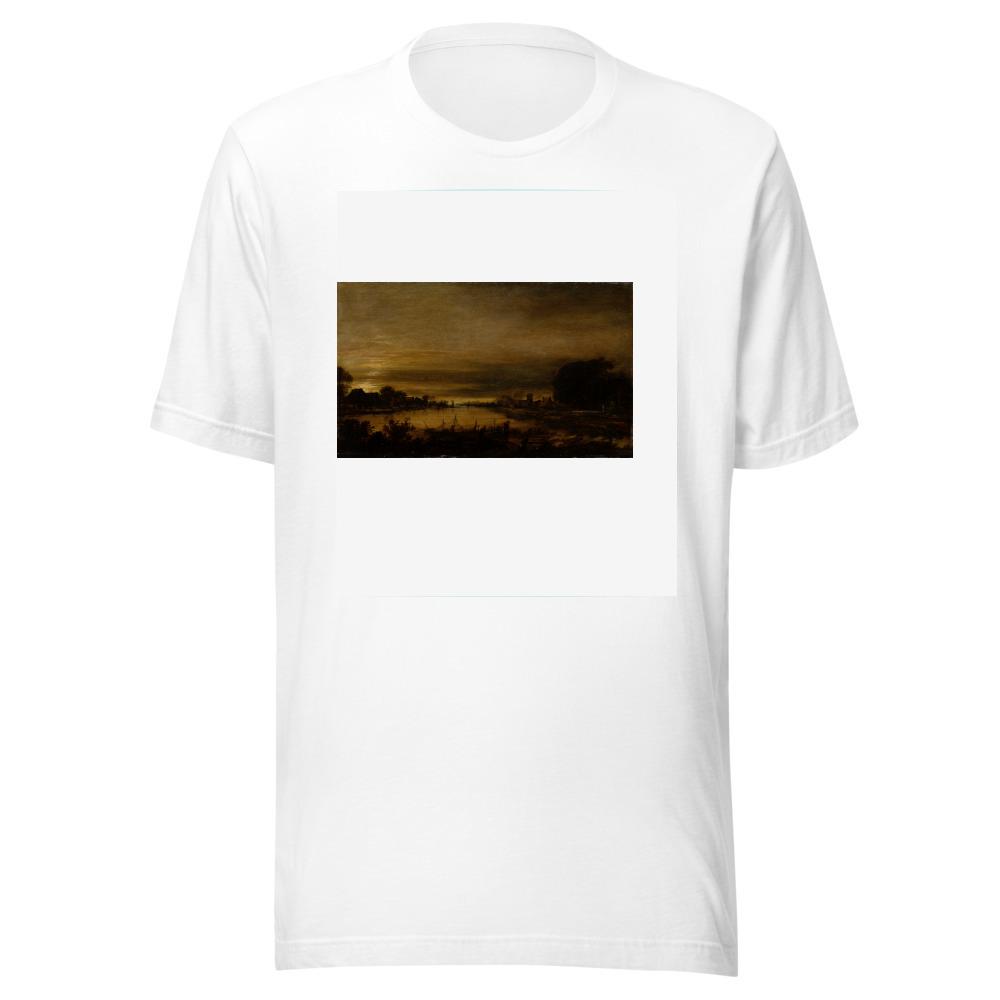Description
Landscape with Canal at Dusk by Aert van der Neer printed on a T-Shirt
About the T-Shirt
Regular fit
Standard length, the fabric easily gives into movement
Casual wear
A classic, everyday option loved by our customers
Side-seamed
Constructed by sewing two parts together, creating a fitted look
The Unisex Staple T-Shirt feels soft and light with just the right amount of stretch. It’s comfortable and flattering for all. We can’t compliment this shirt enough–it’s one of our crowd favorites, and it’s sure to be your next favorite too!
- Solid colors are 100% Airlume combed and ring-spun cotton
- Ash color is 99% combed and ring-spun cotton, 1% polyester
- Heather colors are 52% combed and ring-spun cotton, 48% polyester
- Athletic and Black Heather are 90% combed and ring-spun cotton, 10% polyester
- Heather Prism colors are 99% combed and ring-spun cotton, 1% polyester
- Fabric weight: 4.2 oz./yd.² (142 g/m²)
- Pre-shrunk fabric
- 30 singles
- Side-seamed construction
- Tear-away label
- Shoulder-to-shoulder taping
- Blank product sourced from Nicaragua, Mexico, Honduras, or the US
Aert van der Neer (1603-1677)
Aert van der Neer, or Aernout or Artus, was a landscape painter of the Dutch Golden Age, specializing in small night scenes lit only by moonlight and fires, and snowy winter landscapes, both often looking down a canal or river. He was a contemporary of Albert Cuyp and Meindert Hobbema, and like the latter he lived and died in comparative obscurity.
Van Der Neer was born in Gorinchem. He became an amateur painter possibly upon contact with the Amsterdam painters Rafael and Jochem Govertsz Camphuysen, whose sister Lysbeth he married in 1629. They had six children: Grietje (1629), Eglon(~1635), Cornelia (1642), Elisabeth (1645), Pieter (1648), and Alida (1650). Five of the children were baptized in the Nieuwe Kerk in Amsterdam, not far from where he lived. His son Eglon later became a portrait painter himself.
Van Der Neer was barely able to support his family by selling his landscapes, which were not highly valued. In 1659 it seemed necessary to supplement his income by keeping a wine tavern in the Kalverstraat, but two years later he went broke. He died in Amsterdam in abject poverty, and his art was so little esteemed that the pictures left by him were valued at about five shillings apiece.






Reviews
There are no reviews yet.